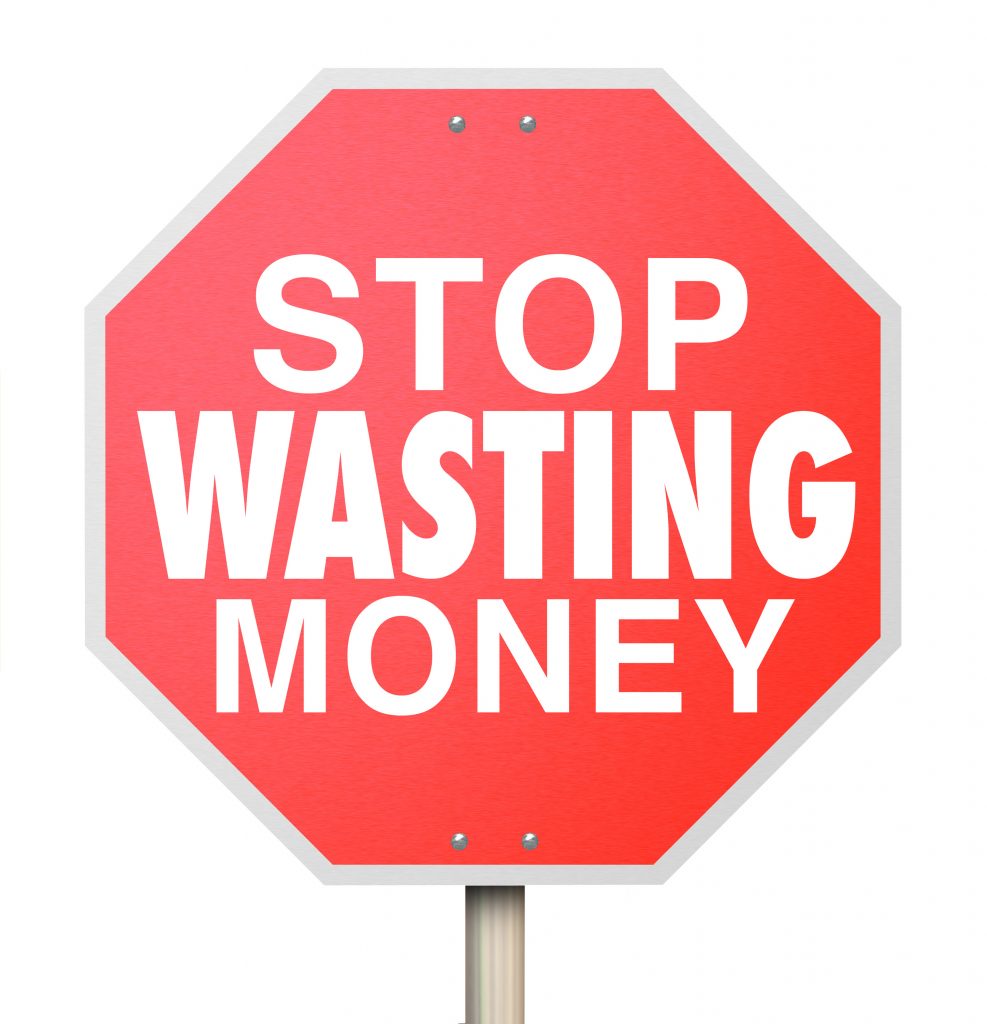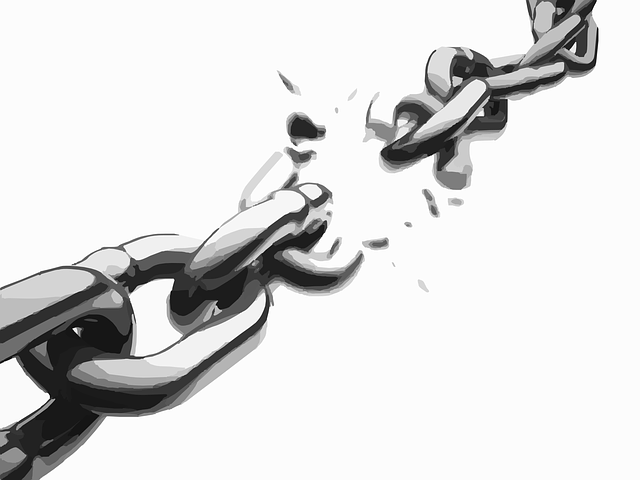
(c) Can Stock Photo / iqoncept
On August 3rd, 2017, my wife, Simonetta, died of a brain tumour. She left behind 3 sons all aged under 11. In the year that followed two senior politicians; John McCain (AZ) and Tessa Jowell (United Kingdom) both succumbed to the same condition. All three suffered from an incurable brain cancer known as glioblastoma multiforme (GBM). But what does this have to do with ineffective promotions?
Every year up to US$ 210 billion is wasted on ineffective promotions – enough to fund 1000 years of brain cancer research
In our book “The Shopper Marketing Revolution” Mike Anthony and I estimate that every year the top 250 companies in the consumer goods industry spend over US$300bn on promotions. This equates to just over US$40 for every man woman and child on the planet. According to Deloitte, this is almost equivalent to the amount these companies make in profit each year. We also show that nearly 70% of this money is wasted on activities that deliver no economic return suggesting that every year somewhere in the region of US$ 210 billion is wasted on ineffective promotions.
Let’s compare this to the amounts invested in research into brain cancer. Brain Tumour Research, a charity, published figures suggesting that the UK invests US$10.5 m per year in brain cancer research if global brain cancer research investment were 20 times this, the annual wastage in the consumer goods industry would be enough to fund brain cancer research for 1000 years.
It’s time to stop wasting money on ineffective promotions
Companies promote for several reasons; they believe it will drive sales; they believe if they don’t promote, competitors will; or, they are compelled to do so by overly aggressive retailers. However, the fact that so much promotions expenditure leads to losses, forces me to conclude that continuing down this path is unsustainable. Enough is now known about the behaviour of shoppers to be able to clearly identify activities that drive sales, protect from competition and satisfy retailers whilst breaking even or better.
If companies invested in effective activities, and just broke even on these, they could almost double their profits. This alone could return tax revenue of nearly US$40 billion annually (assuming companies pay 20% tax on profits) some of which would fund cancer research.
Choose to stop wasting money
Finding which activities to invest in is not rocket science, it just requires reasonable due diligence: If every retail activity were evaluated diligently, those which break even, or better, soon become apparent. Further, diverting a tiny proportion of promotions funds into shopper research gives companies the information to develop new activities that might be more effective in the future. Finally working with retailers with this data, showing them that investment in their businesses could work better for all leads to better implementation and closer joint working.
Or just donate to brain cancer research!
Alternatively, if all that sounds like too much, how about just running one less activity a year and donating the funds to do good? If every company did this, it could unlock an annual fund of US$25bn. US$25bn channelled every year into almost any cancer research would have a significant and long-term impact. This is likely to be well received by retailers and shoppers alike; it would make companies’ financial performance look way better than it does currently and; in donating money to brain cancer research, companies could build CSR credentials too.
Act now!
Whatever you choose to do, please don’t just continue wasting money.
Here are three things you could do now:
- Share this article with your CEO, your CMO, and your Sales director and ask them to support an initiative to make more from your promotions activities.
- Learn how to build more effective promotions activities.
- Contact me if you’d like to work on building this into a campaign we could work on together.
